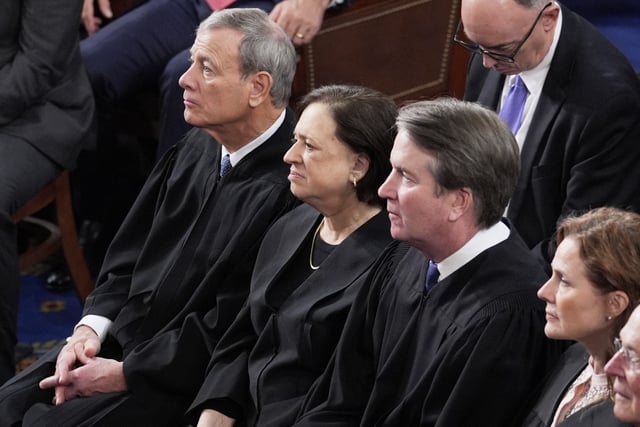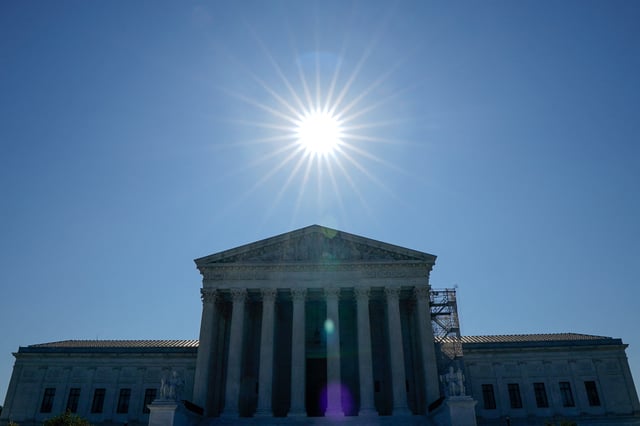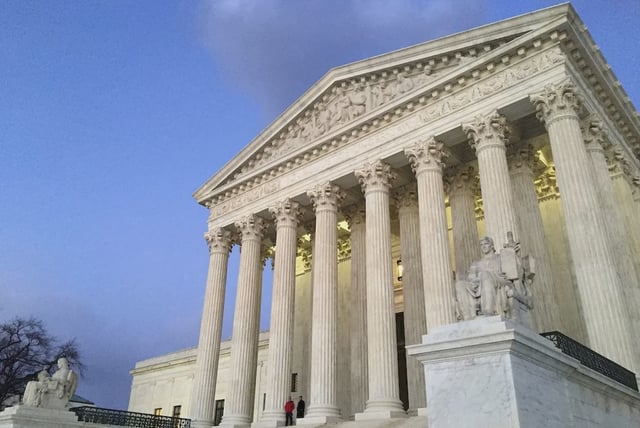Overview
- The U.S. Supreme Court ruled 9-0 that excessive force claims must consider the totality of circumstances, not just the moment an officer perceives a threat.
- The decision allows Janice Hughes, the mother of Ashtian Barnes, to pursue her lawsuit against Officer Roberto Felix Jr. for the 2016 fatal shooting in Houston.
- Lower courts had dismissed the case under the 'moment of threat' doctrine, which the Supreme Court rejected as too narrow for evaluating police conduct.
- The case has been sent back to the 5th U.S. Circuit Court of Appeals for reconsideration under the broader standard established by the ruling.
- Officer Felix retains the ability to invoke qualified immunity, a legal defense protecting officers if their actions were not clearly unlawful at the time.



